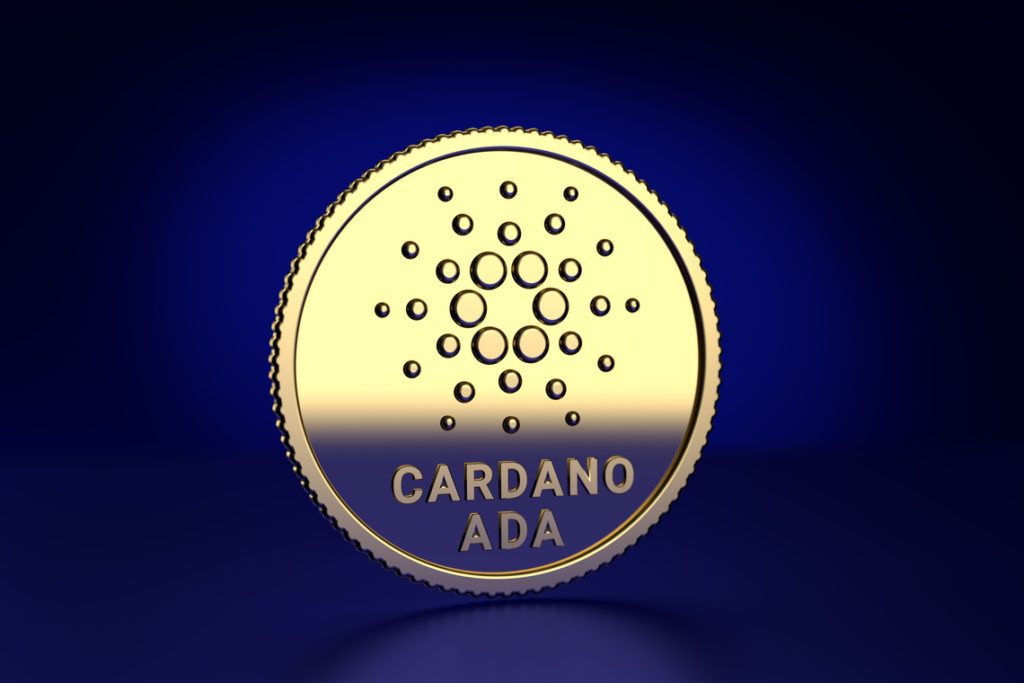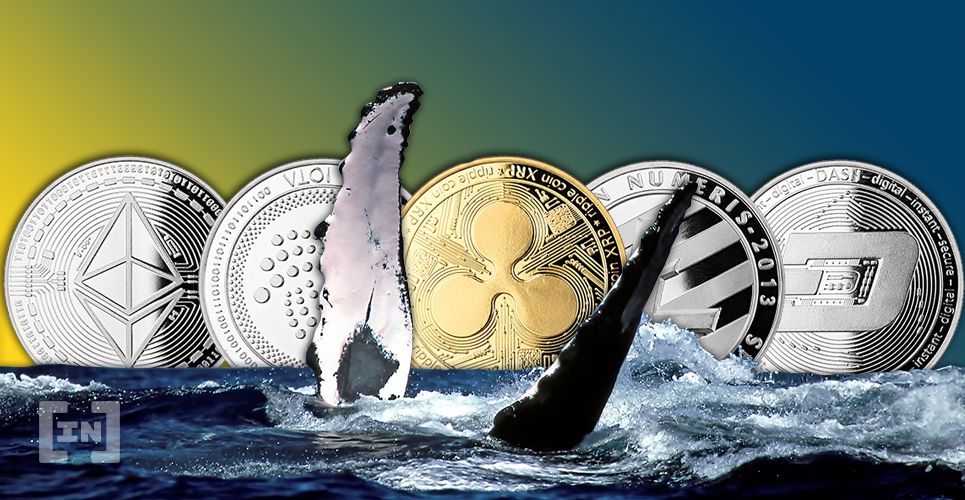IntoTheBlock has documented what percent of each cryptocurrency is held in the richest addresses. What they found shouldn’t surprise anyone.
It’s difficult to assess the extent of inequality within cryptocurrency ecosystems. After all, they could be exchanges or custodial groups—but, in some cases, a few whales really do own a large portion of the circulating supply of some cryptocurrencies.
IntoTheBlock (@intotheblock) decided to do some digging and find the actual numbers. Here’s what they found.
Breaking Down the Cryptocurrency Numbers
Concentrations of ownership over cryptocurrencies are not surprising. In a decentralized system, some will get advantages and hold more. However, there are limits to how sustainable extreme concentrations of wealth are in a decentralized system. These are the numbers for some of the top altcoins and how concentrated they are.- Ethereum (ETH)—151 addresses own around 39% of the circulating supply.
- Bitcoin Cash (BCH)—112 addresses own 29% of the supply.
- Litecoin (LTC)—131 addresses own 47% of the supply.
- Bitcoin SV (BSV)—103 addresses own 24% of the supply.
- Cardano (ADA)—41 addresses own 39% of the supply.
- Tether (USDT)—132 addresses own 63% of the supply.
The standouts in IntoTheBlock’s findings are Litecoin and Tether. Both seem to have higher concentrations of wealth than the rest of the cryptocurrency industry. How this will impact the trajectory of these projects remains open to debate.Talking about whales and ownership by concentration of an asset
— intotheblock (@intotheblock) November 20, 2019
Check out how concentrated these assets are!$ETH 151 addrss owns 39% $BCH 112 addrss owns 29%$LTC 131 addrss owns 47%$BSV 103 addrss owns 24%$ADA 41 addrss owns 39%$Tether 132 addrss owns 63%
What It Means
Some people may scoff at the insinuation that high concentrations of cryptocurrency assets in just a few addresses is even a problem. After all, if you are using a cryptocurrency like Bitcoin Cash, it may not even matter. This is because Bitcoin Cash and other proof-of-work currencies do not have a governance model. Ethereum and Cardano, on the other hand, do. So, concentrations of wealth could very well end up impacting the ecosystem at large—and may even lead to decisions against the majority of Ethereum users. So, the impact of high concentrations of assets depends on the respective cryptocurrency’s ecosystem. Governance can seldom work if there is oligarchic-like control of a large portion of a decentralized system. It’s an issue that developers will have to keep in mind as they’re building these governance models. We can’t let cryptocurrencies fall into the same issues that currently plague traditional fiat marketplaces—these concentrations of wealth should definitely be up for discussion.
So, the impact of high concentrations of assets depends on the respective cryptocurrency’s ecosystem. Governance can seldom work if there is oligarchic-like control of a large portion of a decentralized system. It’s an issue that developers will have to keep in mind as they’re building these governance models. We can’t let cryptocurrencies fall into the same issues that currently plague traditional fiat marketplaces—these concentrations of wealth should definitely be up for discussion.
Images are courtesy of Twitter, Shutterstock.
Did you know you can trade sign-up to trade Bitcoin and many leading altcoins with a multiplier of up to 100x on a safe and secure exchange with the lowest fees — with only an email address? Well, now you do! Click here to get started on StormGain!
Top crypto projects in the US | April 2024
Trusted
Disclaimer
In adherence to the Trust Project guidelines, BeInCrypto is committed to unbiased, transparent reporting. This news article aims to provide accurate, timely information. However, readers are advised to verify facts independently and consult with a professional before making any decisions based on this content. Please note that our Terms and Conditions, Privacy Policy, and Disclaimers have been updated.

Anton Lucian
Raised in the U.S, Lucian graduated with a BA in economic history. An accomplished freelance journalist, he specializes in writing about the cryptocurrency space and the digital '4th industrial revolution' we find ourselves in.
Raised in the U.S, Lucian graduated with a BA in economic history. An accomplished freelance journalist, he specializes in writing about the cryptocurrency space and the digital '4th industrial revolution' we find ourselves in.
READ FULL BIO
Sponsored
Sponsored
